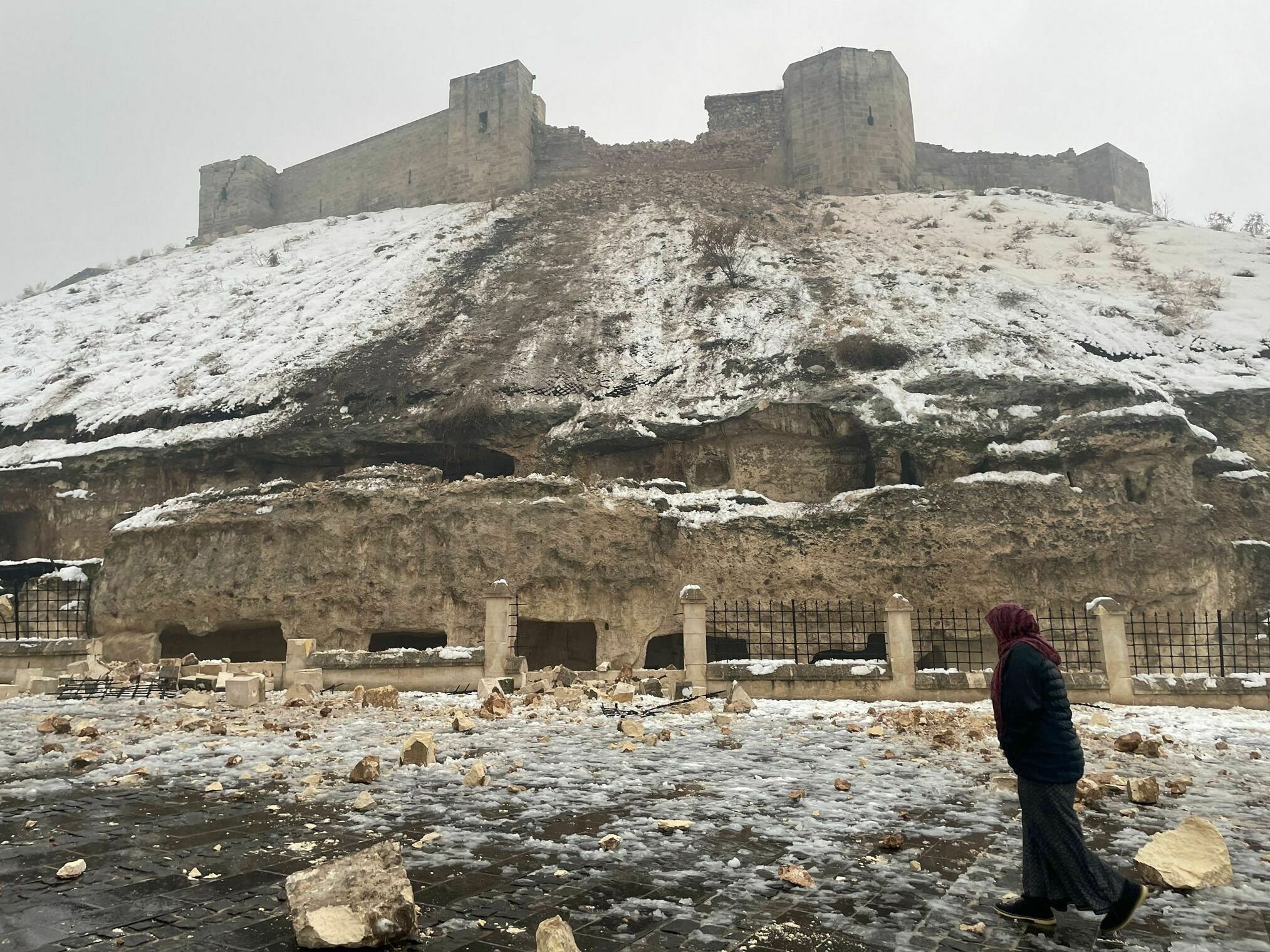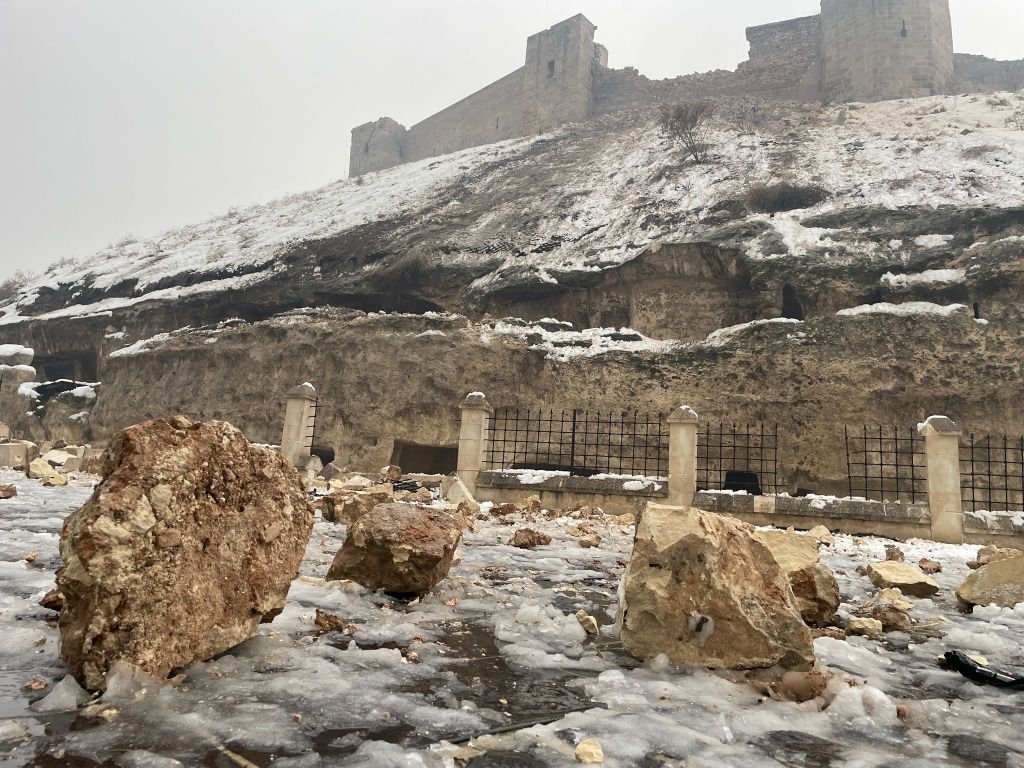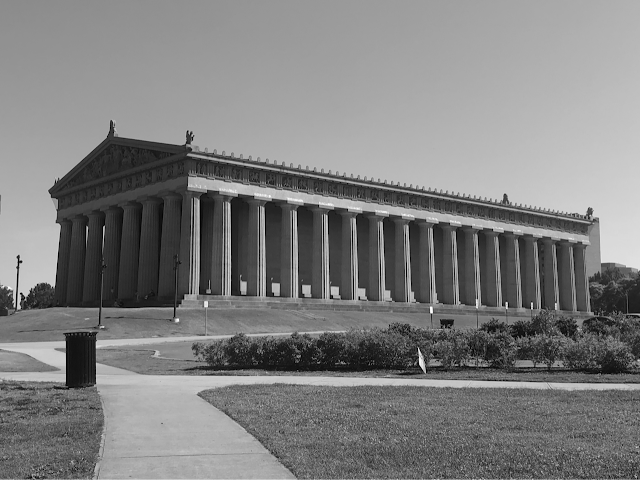Gaziantep Castle, a UNESCO World Heritage Site in southeastern Anatolia built about 2,200 years ago, did not withstand the 7.8-magnitude earthquake that shook eastern Turkey and Syria.
The earthquake destroyed over 2,000 buildings and left over 5,000 dead and thousands injured.
Gaziantep Castle in the city of the same name, famous for its numerous castles, monuments and mosaics, was built in the 2nd century and is one of the most magnificent castles in Anatolia. The area on the "Silk Road" still has monuments that reflect its multicultural civilization over the centuries.
The bastions in the eastern, southern and southeastern parts of the historic Gaziantep Castle were destroyed by the earthquake, and the rubble was scattered along the road. The retaining wall next to the castle also collapsed.
Gaziantep Castle is a castle originally built by the Hittite Empire as a lookout point on a hill in the center of Gaziantep, Turkey.
It was later rebuilt into a main castle by the Roman Empire in the 2nd and 3rd centuries AD.
It was further expanded and renovated under Emperor Justinian I between 527 and 565 AD.
The circular castle has a perimeter of 1,200 meters. Its walls are built of stone and the castle has 12 towers.
The Hittites were an ancient people who played an important role in Anatolia and the rest of the Middle East. They spoke a language called Hittite, which is classified as Indo-European. Their culture is among the greatest ancient cultures. Their peak was reached in the 2nd millennium BC.
The full extent of the destruction of the castle is not yet clear.











